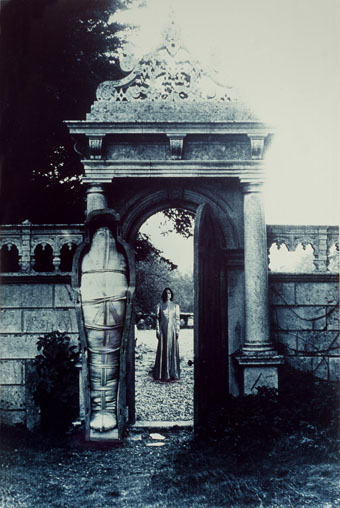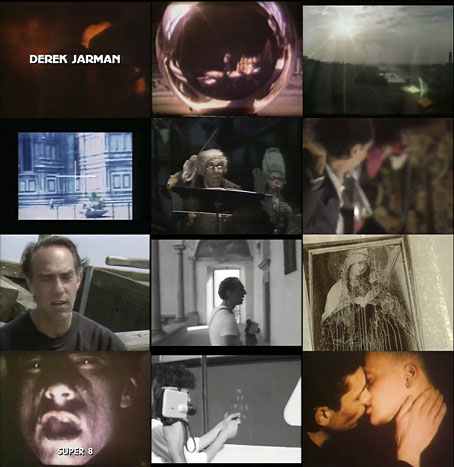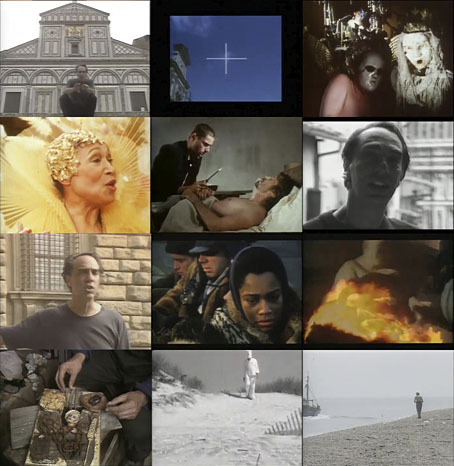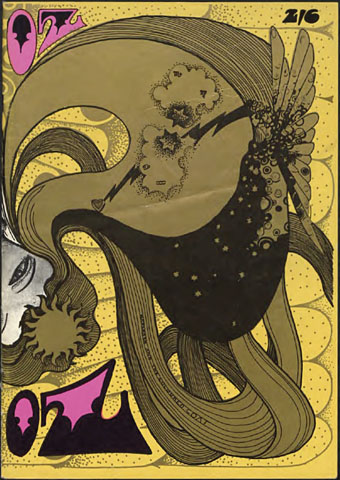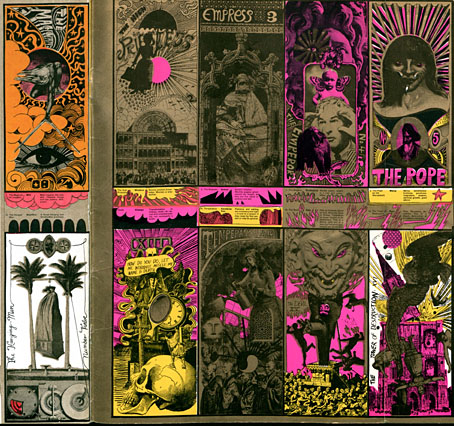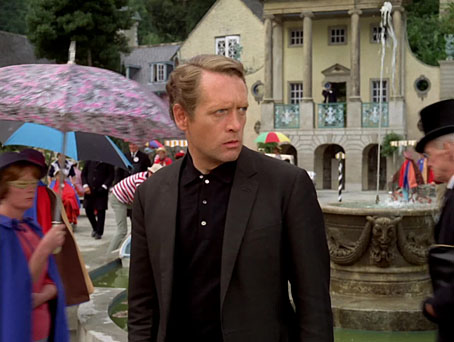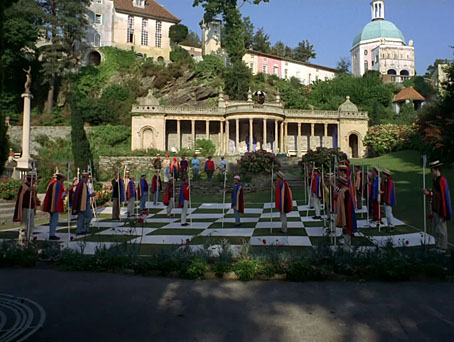Self Preservation (1970–77), a collage by Penny Slinger from the series An Exorcism.
• RIP John Calder, one of the most important British publishers of the last century whose death was acknowledged in the Washington Post (and in the Telegraph, a paper that would have given him no support during his censorship battles) but at the time of writing hasn’t been mentioned at all in the increasingly useless Guardian. The omission in the latter seems even more surprising when Calder himself wrote obituaries for the paper, and they ran an archive piece two weeks ago for the 50th anniversary of Calder & Boyars’ successful court defence of Last Exit to Brooklyn. “Publishing is an industry run by capitalists now.”
• Another 50th anniversary: David Bushman asked Alan Moore for his memories of Patrick McGoohan’s superb TV series The Prisoner.
• Michael Moorcock in conversation with Hari Kunzru at Shakespeare and Company, Paris.
• Stephen O’Malley presents Acid Quarry Paris – In Session with Richard Pinhas (Heldon).
• When a rock is a stone: Louise Steinman on finding Robert Smithson’s Spiral Jetty.
• Victorians, Vaults, and Violet Water: a profusion of links at Greydogtales.
• Mix of the week: FACT mix 666 by Róisín Murphy.
• The amazing adventures of Melinda Gebbie.
• Exorcism (1971) by Lucifer | The Final Calling (Physical Exorcism) (1984) by CTI | Exorcism Of The Hippies (2010) by Mater Suspiria Vision

